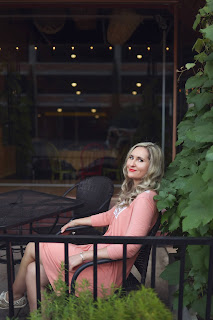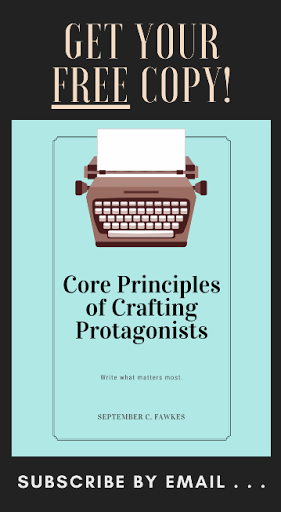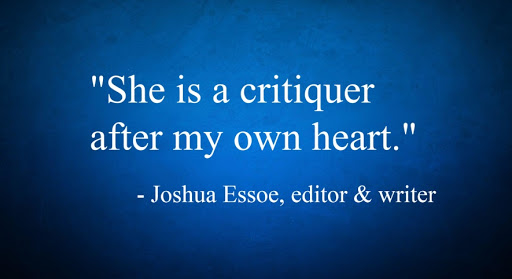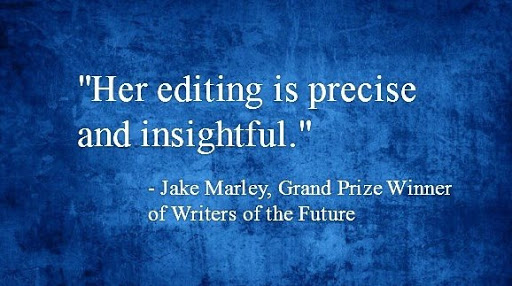An onomatopoeia is a word that expresses a direct sound. You learned about them when you were a toddler: meow, oink, woof, moo. Then there are also the other sounds: ka-ching, sizzle, squawk, whoosh, zoom, and onward.
In creative writing, we are taught to appeal to all senses: sight, smell, touch, taste, and sound. That's when onomatopoeias become relevant. However, there are good ideas and not-so-good ideas on how to use them.
Not-so-good
I went out into the backyard. My neighbors next door had a thing for raising pigs to compete in fairs."Oink! Oink! Oink!"
I hoped I'd be able to ignore them as I practiced my lines for my next audition.
"Oink, oink, oink, oink."
I hoped.
Many new writers will approach onomatopoeias this way. I think by default, we are taught about them in this way, as toddlers. But when you use them like this, unless you are writing a children's story or maybe even middle grade, it usually cheapens the story. We aren't toddlers anymore.
Another exception to this is comic books, manga, graphic novels, and maybe even visual novels--stories where pictures convey much of the story, usually in panels, and the classic onomatopoeia usage is naturally tied to the medium.
Personally, I think this is largely because these mediums are more visual than a typical novel, with little narration (usually) so that's naturally how to convey sound, similar to how in a movie, you would simply hear the sound effect. I could be wrong; I'm not an expert on these mediums by any means, but that's the vibe I get.
Good
I went out into the backyard. My neighbors next door had a thing for raising pigs to compete in fairs. I closed my eyes in a moment of annoyance as they oinked to unprecedented volumes.I hoped I'd be able to ignore them as I practiced my lines for my next audition.
The oinks reached a new obnoxious pitch.
I hoped.
For typical fiction writing, you handle onomatopoeias by turning them into verbs or nouns or adjectives. "They oinked," "The oinks," and its work with other words.
Seagulls cawed along the shore.
Bacon sizzled in the pan.
The scooter zoomed down the street.
The child's screech could have made us deaf.
He had a barking tone.
This way you convey sound in a way that's natural to narration, without it drawing too much attention to itself.
There are some exceptions, particularly with dialogue. Sound words that actually are naturally said are usually fine. For example, "Oof!" is a sound that people actually make. However, pigs don't actually sound like "Oink!" Oink is just a way us humans invented to describe and convey the sound. This is why in different languages, you may have different sounds. In America, cats say "meow." In Japan, they say "nyan."
So the following are often going to read fine, and you'll see them in fiction sometimes:
"Uugh, that was the worst meeting I've ever sat through," Sandra said.
"Uh, is that . . . a spider?" Jeffrey asked.
"Oof--what was that for?" Mitch rubbed his head. "That hurt."
"Pfft, like that would ever happen."
"Ahem, are you listening?"
However, some words do sound a little strange, unless you are using them jokingly.
"Boo-hoo!" Sally cried.
No one I know actually makes that sound when crying.
There are some cases where the classic Boom! does work, but almost never ever. Other than a few of those common dialogue words, like "um," "er," and "uh," you almost always want to turn the onomatopoeia into a verb, noun, or adjective.
















0 comments:
Post a Comment
I love comments :)